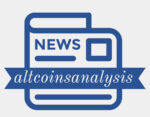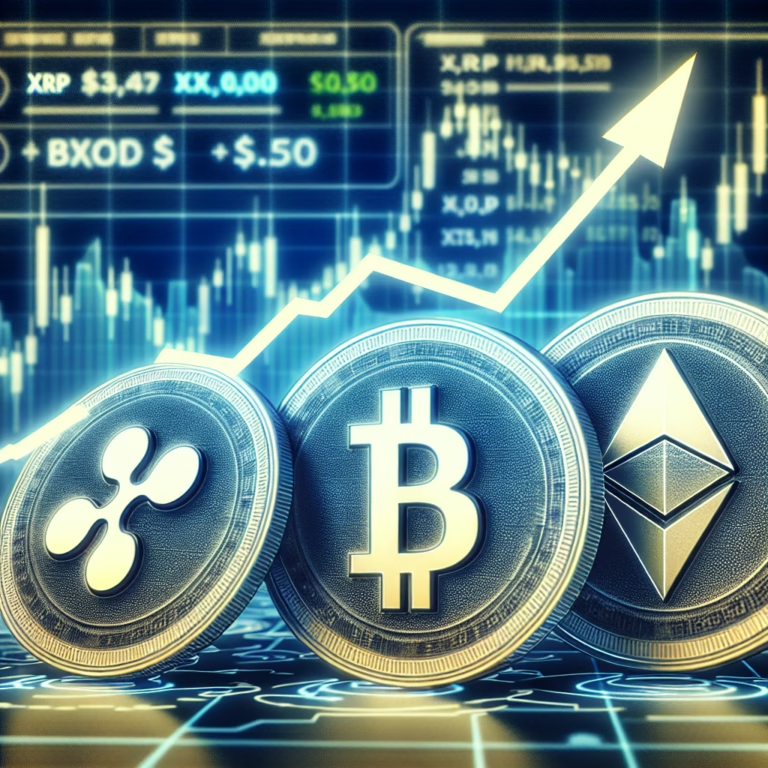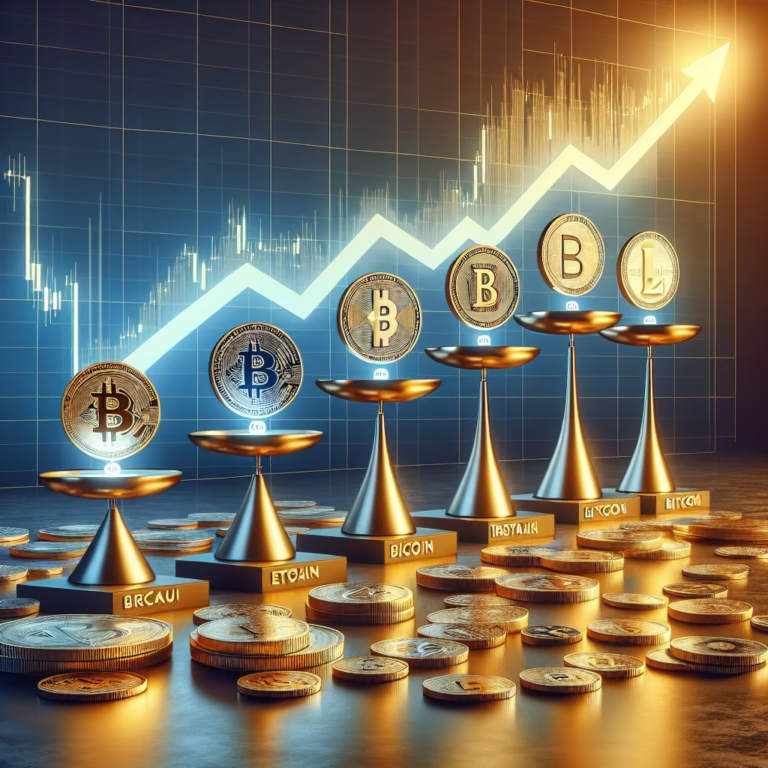
The topic of implementing a burn mechanism for ADA tokens has sparked significant debate within the Cardano community. During a recent address, Cardano founder Charles Hoskinson tackled the issue head-on, reiterating his opposition to token burns despite growing interest from certain segments of the community. Hoskinson’s stance is rooted in the origins of Cardano’s treasury funds and the foundational principles of the ecosystem.
Hoskinson’s Perspective on ADA Burn Discussions
Charles Hoskinson emphasized that the Cardano treasury funds, which some community members are proposing to burn, are not arbitrarily created but are instead generated from genuine economic activities. These funds originate from transaction fees and block production taxes, making them a collective resource intended to support the Cardano ecosystem.
“Burning ADA would be akin to stealing from every Stake Pool Operator (SPO) and ADA holder,” Hoskinson stated during a recent community call. He highlighted that the treasury’s purpose is to fund ongoing development and initiatives within Cardano, not to artificially manipulate the token’s value through reduction in supply.
Community Perspectives: Divided Opinions on Token Burns
While Hoskinson maintains a firm stance against burning ADA, the community’s opinions are far from unanimous. A vocal segment advocates for burning as much as 1.5 billion ADA, arguing that such a move would reduce the token supply, potentially increasing scarcity and boosting value. This perspective aligns with the broader crypto market’s inclination toward deflationary mechanisms as a means of enhancing asset appeal.
However, many stakeholders, including Hoskinson, argue that burning treasury funds contradicts the core principles of Cardano’s governance and resource management. The Cardano constitution outlines the treasury as a shared asset meant to benefit the entire ecosystem, and any action to burn funds would deviate from these foundational guidelines.
Constitutional Constraints on Token Management
The structure of Cardano’s governance adds another layer of complexity to the burn debate. The ADA treasury is a communal resource meant to fund the development and sustainability of the network. As Cardano approaches significant governance changes, such as those expected with the upcoming Chang Hard Fork, the constitutional limitations on treasury management become more pronounced. Ecosystem advocate Dave (@ItsDave_ADA) has pointed out that the constitution explicitly prohibits burning ADA from the treasury, framing the funds as the property of the entire Cardano community rather than a tool for market manipulation.
Token Burning Trends in Other Protocols
Token burning is a common practice across various blockchain ecosystems, where it is used to manage supply and increase token value. For instance, Ethereum implemented a burn mechanism during the London Hard Fork (EIP-1559), which has since removed approximately 4.5 million ETH from circulation. This mechanism helps to balance Ethereum’s inflationary pressures and has been credited with supporting ETH’s price.
Similarly, Binance Coin (BNB) and Shiba Inu (SHIB) have successfully used token burns to enhance their market position. These burn events are often celebrated by their respective communities as a means of boosting token scarcity and investor sentiment. However, Cardano’s unique governance and treasury model create distinct challenges that make adopting such a mechanism more complex than in other protocols.
Navigating the Future of Cardano’s Token Management
As discussions around ADA burns continue, it is crucial for the Cardano community to carefully consider the implications of such a move. While token burning is a proven method for influencing supply and value in other blockchain ecosystems, Cardano’s structure and principles present unique challenges that need to be addressed.
Charles Hoskinson’s opposition to ADA burns reflects a broader commitment to the integrity of Cardano’s governance and resource management systems. As Cardano evolves and governance mechanisms adapt, these foundational values will play a critical role in shaping the network’s future direction.
Ultimately, the decision to implement or reject token burns will hinge on balancing community desires with the foundational principles that have guided Cardano’s growth. As Cardano’s governance landscape continues to mature, the community will have the opportunity to shape the future of ADA’s tokenomics, ensuring that any changes align with the ecosystem’s long-term vision.






